
January 15, 2024
SLAS2024 is the result of months of careful planning orchestrated by Co-chairs Melissa Crisp, Ph.D., and Kamlesh (Ken) Patel, Ph.D. The event offers a sweeping spectrum of scientific posters and presentations, cutting-edge technology and products and multiple points for colleagues to connect. Crisp and Patel pause for a moment to share what’s been happening behind the scenes as the weeks unfold toward the big opening Feb. 3-7 in Boston.
What do the SLAS2024 co-chairs most anticipate about the upcoming event?
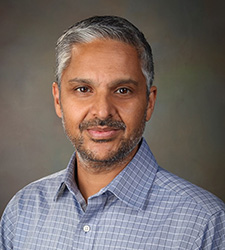
For Ken Patel, Ph.D., who won the SLAS Innovation Award in 2011 for his presentation on the preparation of nucleic acid, the answer is quick: “The Innovation Award presentations! I had the opportunity to serve on the abstract selection committee, whose work is to choose the best of the best. I definitely want to attend those talks.”
For SLAS Fellow Melissa Crisp, Ph.D., it’s all about automation. “I want to see where we're using machine learning or the next lab-of-the-future approach in automation,” she says. “Data science stories have unfolded as we planned the meeting during the past year. ChatGPT’s big splash, for example, has brought a lot more attention to generative AI and machine learning tools, and also to our data science and AI educational track. Everyone wants to know how we are harnessing these tools, and what value it brings to drug discovery.”
SLAS’s core structure of screening and automation remains the guiding factor behind the planning, according to Patel. “It's still the majority, still the focus, but – as Melissa said – the community is recognizing other elements that influence how their methods of work can be changed or updated.
“The use of generative AI systems is empowering and accelerating innovation, making this an exciting time,” continues Patel, who is the honorary visiting fellow for Sandia National Laboratories, (Albuquerque, NM, USA), at Purdue University, (West Lafayette, IN, USA).
“This technology is democratizing the ability for somebody who hasn't had years of experience to be able to ask the right questions and get appropriate answers and understanding in a way that would have been difficult many years ago because you would need the insight,” he explains. “You've got the firepower of the large language models to make insight available in a meaningful way. We emphasized the AI and data science aspect of the SLAS2024 programming and tweaked sessions within each track to reflect this and to be relevant to today’s life sciences laboratory.”
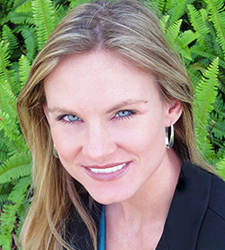
Another developing story, according to Crisp, is the Food and Drug Administration (FDA) Modernization Act 2.0 (Senate Bill 5002), which authorizes the use of certain alternatives to animal testing, including cell-based assays and computer models, to obtain FDA exemption to investigate the safety and effectiveness of a drug.
“This idea is highlighted in several different tracks – such as those focused on cellular technologies, precision medicine, and even some of the automation sessions that zero in on the use of spheroids and organoids to create more relevant models that can truly translate much better to what treatment may look like in the clinic,” says Crisp, who is director, biologics screening and automation at Eli Lilly and Company, (San Diego, CA, USA). She is as excited now about the potential in the SLAS community as she was 20 years ago as an early career professional.
“I enjoy meeting newcomers to SLAS – it's a great way to recapture the excitement for your work! The networking events provide a perfect backdrop for introducing yourself to new faces,” she comments, adding that she hopes the commitment to an enriching experience for both newcomers and seasoned participants in SLAS events is plainly evident.
“We want to host scientific programming that exposes our attendees to cutting-edge science and technology that they can actually take back with them,” she continues. “I'm hoping this can help spur a lot of collaborations across disciplines, between industry and academia, or even just between individuals.”
Patel agrees. “The ability to network with past colleagues and also make new connections – these are some of the tenets and essence of what SLAS brings to its events,” he says. “For me, coming out of the COVID-19 pandemic, SLAS2024 is a cherished chance to be able to network in person. I want to go and take advantage of this time, because there was a time when I couldn't go."
Finding a Career Path
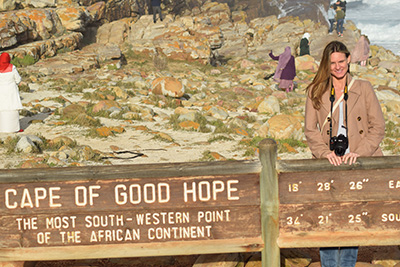
Valuing input from others in the life sciences is what guided the co-chairs into their careers. While working as a lab technician at Wake Forest University Baptist Medical Center, Crisp reports that a helpful PI allowed her to sit in on a few classes that inspired her to pursue graduate studies, leading her to the University of Florida (Gainesville, FL, USA), where she studied molecular cell biology. During her subsequent post-doc, she decided to take a closer look at high-throughput screening (HTS) at The Herbert Wertheim UF Scripps Institute for Biomedical Innovation & Technology's High-Throughput Molecular Screening Center.
“While there, I was exposed to lab automation, and the center served as a bridge for me to move from academia into industry,” Crisp explains. “We did a lot of collaborations with external groups, including different pharma companies.”
Automation eventually guided her to Eli Lilly and Company where she serves as a liaison between scientists and automation engineers. “Here, I've built up my own screening group and helped build a pretty successful automation lab – working with lots of different vendors. I never imagined at a young age that I was going to be a drug discovery scientist in a large pharma company, but it is a good fit for me,” says Crisp, who takes time away from work to get outdoors. She enjoys cycling, mountain biking, paddle-boarding, hiking or sailing on the bay.

“Recently, a colleague gave me some advice: When you engage in physical activity, take a problem with you. I realized that I'm usually working through some type of thought problem during physical activity, it’s just not always that intentional,” she observes. “It was really good advice, but I think sometimes it's just nice to completely get away from it altogether and let yourself be.”
Patel agrees, with a laugh. “So much of our work is so open ended. There's no closure,” he comments. “As a result, I tend to enjoy concrete activities that have an endpoint – like cutting the grass in the summertime or something equally physical with an ending output or reward.”
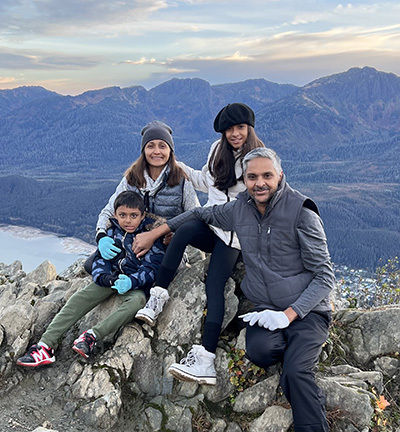
Patel studied chemistry at Truman State University (Kirksville, MO, USA), where “a graduate research faculty member opened my eyes to what research is all about. We were doing Raman Spectroscopy with gold nanoparticles, and you could use it to enhance drug bindings and some pretty interesting things like that.”
Patel entered the graduate analytical chemistry program at University of North Carolina at Chapel Hill, (NC, USA). "I joined a group doing separation science, a type of research in analytical chemistry. They were developing advanced technologies in ultra-high-pressure liquid chromatography, which was applicable to all pharmaceuticals.”
Nearing the end of graduate school, Patel was approached by Sandia National Laboratories. “Some of the research I had been doing had applications for national security and aspects related to microfluidic systems for diagnostics,” he explains.
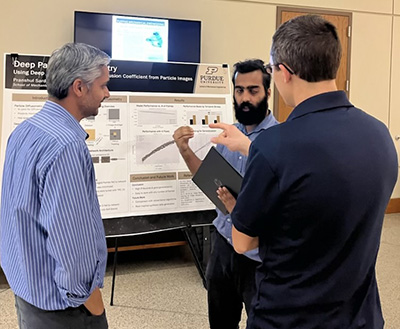
“This was 2001, right on the heels of 9/11, which precipitated a tremendous change in the way we thought about threats against the U.S., such as bio-terrorism. The nation was starting to realize that we did not have detection, diagnostic technologies or sensor systems,” Patel continues. “Microfluidics and micro systems made it possible to take advantage of the phenomena and properties of proteins and DNA to create systems for protecting the nation against bio-threats. We wanted to shrink the technology down to something you could hold in your hand – like the classic Star Trek tricorder, right?
"While this work wasn't deemed quite marketable or profitable before, thereafter we saw a real surge in microfluidic systems for what it could do for life sciences,” Patel says. “It's a hard problem, and it's not something we've solved completely in all domains, but the community has made a lot of progress in this area.”
In 2018, Patel, while still with Sandia National Laboratories, took on a new role at Purdue University. “Beyond the biosciences, this program considers how we can be impactful in all aspects of national security by broadening the research domain to include interactions between universities and the government in critical needs areas,” he explains.
Patel observes that his current role doesn’t involve as much live science as it has in past years. As a result, “I use SLAS as a way to ground myself in life sciences and stay connected – to keep my foot in the door of research and discovery. I encourage others to do the same,” he concludes.
Sidelines
Everything SLAS2024: Explore the Program, Exhibit Floor Plan and More in the Event Scheduler!
Learn More: Student and Early Career Professionals’ Programming at SLAS2024
